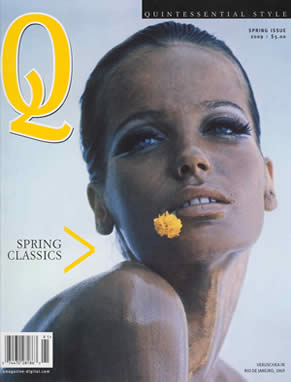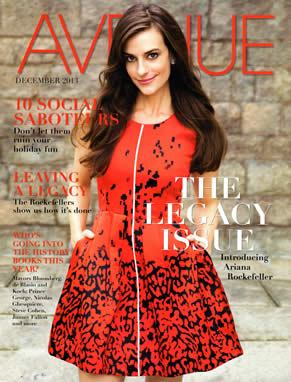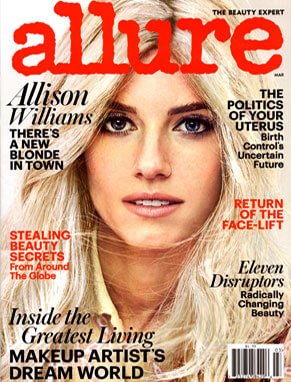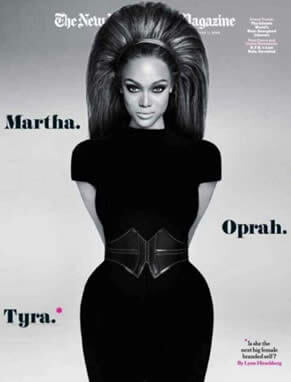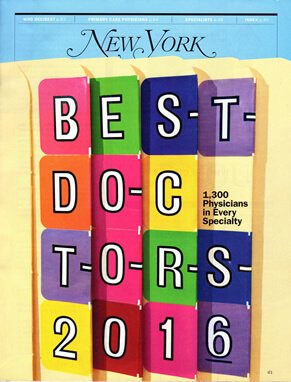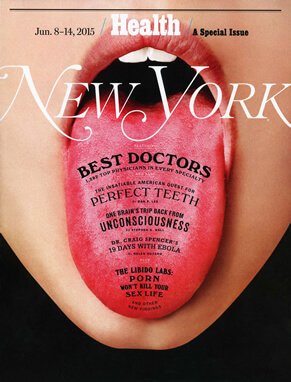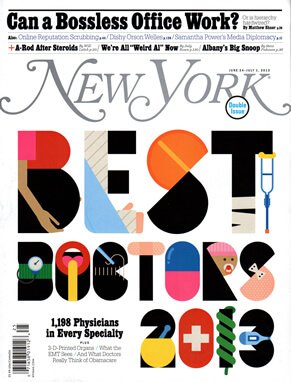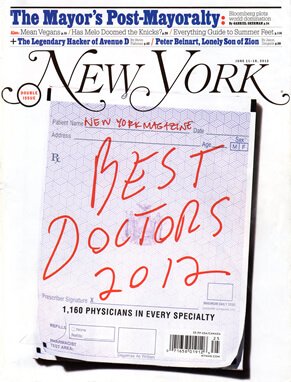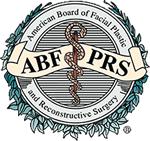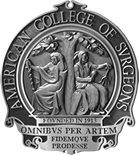Revision rhinoplasty is typically required when patients have had surgery years ago when surgical techniques were not as accurate or, in some cases, if the procedure was performed by a less skilled facial plastic surgeon. Sometimes, a surgical revision is required if the cosmetic portion of the procedure compromised the functional portion causing a secondary breathing problem. Surgical rhinoplasty revision may be needed if the healing process did not go smoothly, which caused imperfections or irregularities. Rhinoplasty surgery is the most challenging facial plastic surgery performed, and sometimes revisions are required if you undergo rhinoplasty surgery with a facial surgeon who did not understand facial anatomy as well. Dr. Zimbler is a highly specialized, well-trained facial plastic surgeon with years of experience and is dual board certified in both facial plastic surgery and otolaryngology. Dr. Zimbler is a top rhinoplasty surgeon in NYC who can handle complex revision rhinoplasty cases and provide harmonious, natural-looking results.
Revision rhinoplasty procedure:
Patients seeking revision rhinoplasty surgery may have lost trust regarding rhinoplasty. Additionally, many patients struggle realizing how a secondary rhinoplasty procedure will achieve the goals that they had hoped to obtain with a previous rhinoplasty surgeon. Dr. Zimbler and his staff are expertly trained in dealing with patients who have not achieved their goals through previous procedures. Revision nose surgery can be a challenging procedure, but Dr. Zimbler approaches each case with patience and proper planning to provide the most pleasing results. Dr. Zimbler’s skill and patience combined with a particular attention to detail makes our office an excellent choice when considering revision rhinoplasty surgery.
In many cases, revision rhinoplasty surgery is required because too much septal cartilage was removed, causing the nose to look overly operated on. Results like pinched nostrils, scooped-out profiles, overly narrow frontal views, difficulty breathing, and a pinched-up nose are often the negative outcomes of a poorly performed rhinoplasty surgery. Dr. Zimbler will discuss with you his particular approach and surgical plan on how to deal with each of these issues and how much improvement is to be expected after surgery. Although significant improvement should be expected, patients undergoing revision rhinoplasty surgery should realize that goals should be realistic to each personal case. Secondary rhinoplasty surgery requires more time to heal than primary rhinoplasty surgery, and results may take a few months after surgery before they appear. Cartilage grafts from the septum, ear, or rib may be required in secondary surgery, making this procedure a more complex operation.
Revision rhinoplasty recovery time:
After revision rhinoplasty, you should expect certain physical changes. Because each patient is different, physical changes and recovery time vary depending on your own body’s rate of healing. While some of these symptoms may seem alarming, they are your body’s normal response to your rhinoplasty surgery. Symptoms should fade in the weeks following your revision rhinoplasty procedure. Difficulty breathing may persist for 2 or 3 weeks after your revision rhinoplasty surgery. You may experience all of the following changes, or you may only experience some.
After revision rhinoplasty, you may experience:
- Nasal swelling
- Mild bruising
- Nasal discharge (may contain blood)
- Numbness
- Stiffness
- Difficulty breathing
A splint will be applied to your nose to promote proper healing following your revision rhinoplasty. Your nose will be sensitive and swollen after your splint is removed and may need to be retaped for a couple days following your revision rhinoplasty procedure. The swelling of your nose will slowly reduce in the weeks after your revision rhinoplasty. Fortunately, the majority of the swelling diminishes in the 2-3 weeks following your revision rhinoplasty surgery. We suggest that you avoid excess physical exertion, working out, or any strenuous activity for at least 2 weeks following your revision rhinoplasty surgery. We also advise you to rest during the first week following your rhinoplasty procedure, as your body is just beginning to heal.
During your healing process, we urge you to contact us if any questions or concerns about your revision rhinoplasty or recovery arise. For the first 48 hours after your rhinoplasty procedure, we suggest that you keep your head properly elevated. Sleeping on your back with your head elevated by multiple pillows is also recommended as you heal from your revision rhinoplasty surgery. Applying cold ice packs or compresses to your eyes can help reduce the overall swelling associated with your rhinoplasty recovery. The dressing under your nose must be routinely changed until any discharge or drainage completely stops. We urge you not to move or disturb any packing in your nose, as this is pivotal in your healing process. We will carefully remove any packing from your nose after you have begun to heal from your revision rhinoplasty surgery.
After your rhinoplasty procedure, you should begin to take your antibiotics twice daily until completed. Prescription painkillers are not always necessary, as some patients feel comfortable managing their pain level with over-the-counter medication, such as Tylenol®. Please do not disturb any cast or dressings on your nose. You should only change the dressing below your nose until drainage subsides. All other bandages and casts should not be disturbed. We will remove your cast at our office about 1 week after your revision rhinoplasty surgery. You must keep your nasal cast completely dry until you return to our office to have it removed. If you have stitches on the undersurface of the nose, you must gently clean them 3 times daily. You can clean these suture lines with a sterile Q-tip and a small amount of hydrogen peroxide. This process can reduce any excess crusting that has accumulated along your nasal cavities. After you have gently cleansed this area, you should apply a topical antibiotic over the suture to prevent infection. We strongly urge you to not blow your nose until instructed. Also, if you feel the need to sneeze, we suggest you attempt to redirect the air from your sneeze through your mouth as to not disturb or hurt your healing nose. Please do not rest sunglasses or eyeglasses on your nose until otherwise directed.






